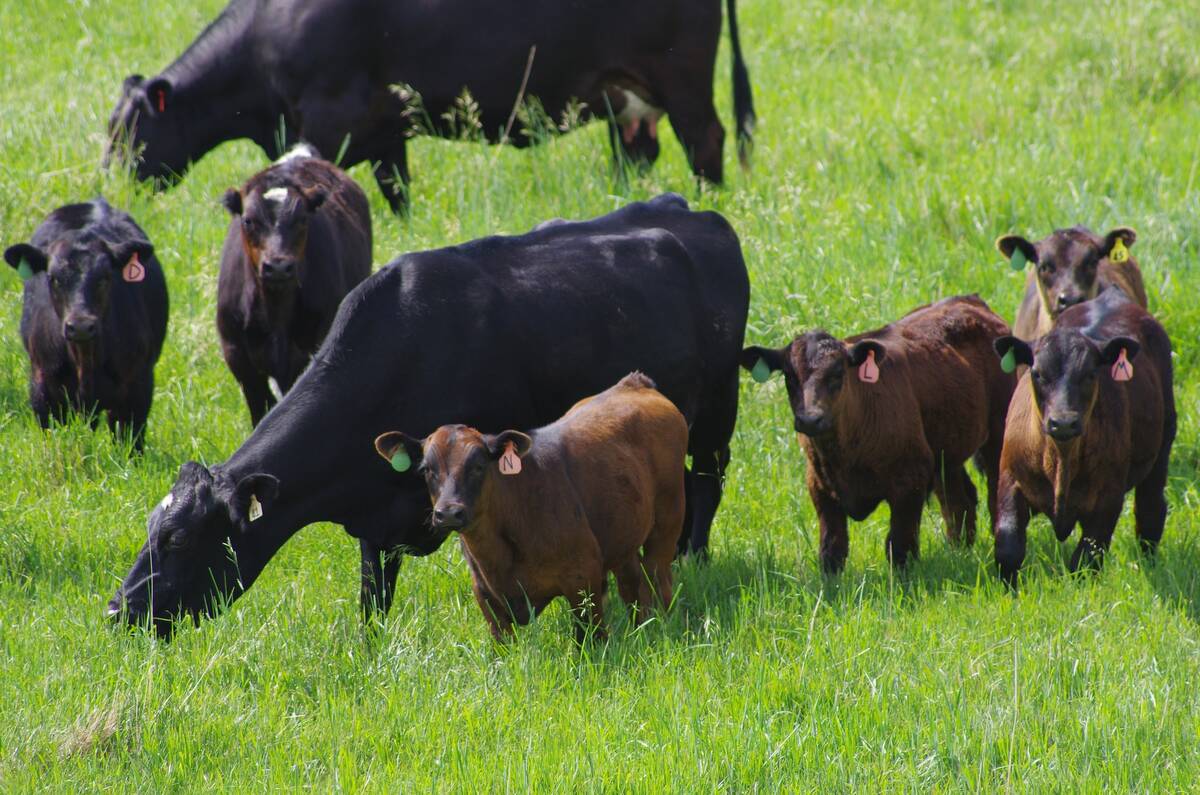RED DEER, Alta. — Mycotoxins are starting to appear in horse feed causing serious health consequences.
Mycotoxins are harmful compounds from mould or fungus in feedstuffs. They can have harmful effects on all species, but less is known about the adverse effects on horses, said David Craig, a feed company owner from Ontario.
Craig provided a synopsis of how these compounds cause everything from respiratory problems to death during the Mane Event, a major horse trade show held in Red Deer April 21-24.
These compounds are showing up in grain, forages, water troughs or bedding like straw or wood shavings.
Read Also

Manitoba extends Crown land rent freeze
Manitoba government links the continued rental rate freeze on grazing and forage leases to economic and environmental challenges facing the industry
If a horse starts to develop a range of health problems like gastric ulcers or respiratory illness, feed could be the cause.
The best way to know if there is infection in feed or bedding is to get it tested at an accredited laboratory.
Multiple mycotoxins may be present and together they are even more toxic.
“There is no magic bullet for prevention. There is no product you can go to the store and buy. We have to consider management and preventive programs,” he said.
Many people use large bale feeders but may not notice a white or bluish mould inside the bales.
“Very few people look on the inside after the horses have ripped it apart,” he said.
Or, the mould may be noticed and that part is not used but there could be contamination throughout the entire bale.
Horse owners should also be on the lookout for pinkish discolouration in grain or bluish grey mould in silage.
“These do very nasty things internally to your horses,” said Craig.
Dirty water troughs or pails can play a role if there is biofilm around the side of the trough. Chlorine is needed to remove it.
There are some specific toxins found in grain, hay or alfalfa cubes or forage.
Aflatoxins could be found in corn, soybean meal, hay cubes or alfalfa pellets resulting in an array of problems including tremors, weight loss, poor appetite, yellowing of the eye, bleeding and blood in urine or feces.
Ochratoxins may be found in corn, wheat, oats, rye, barley, grass, hay or straw and could cause kidney damage.
DON and T-2 toxins can be found in corn, wheat, oats, rye and barley. They could cause reduced feed intake, lower immunity, liver damage and weight loss, especially in high performance horses.
Fumansins are very toxic to horses and could result in permanent neurological damage. Animals walk like they are drunk. These appear in corn, wheat, oats, rye and barley.
Zearalenone may be present in corn, wheat, oats, rye, barley, hay and straw. Abortions, uterine hemorrhaging and other reproductive tract problems may occur.
Ergot and alkaloids are also found in a variety of grains. They could cause gestational problems, fetal losses, dead foals and difficulty producing milk.
“Diagnosis is a big challenge but the indicators are there and you have to look for them,” he said.















